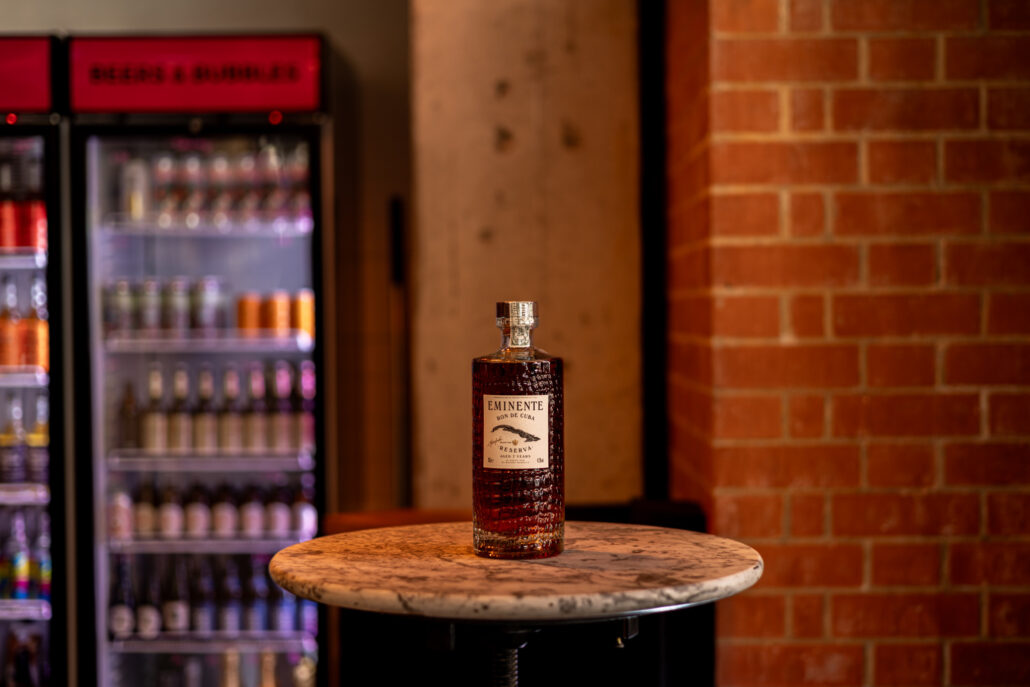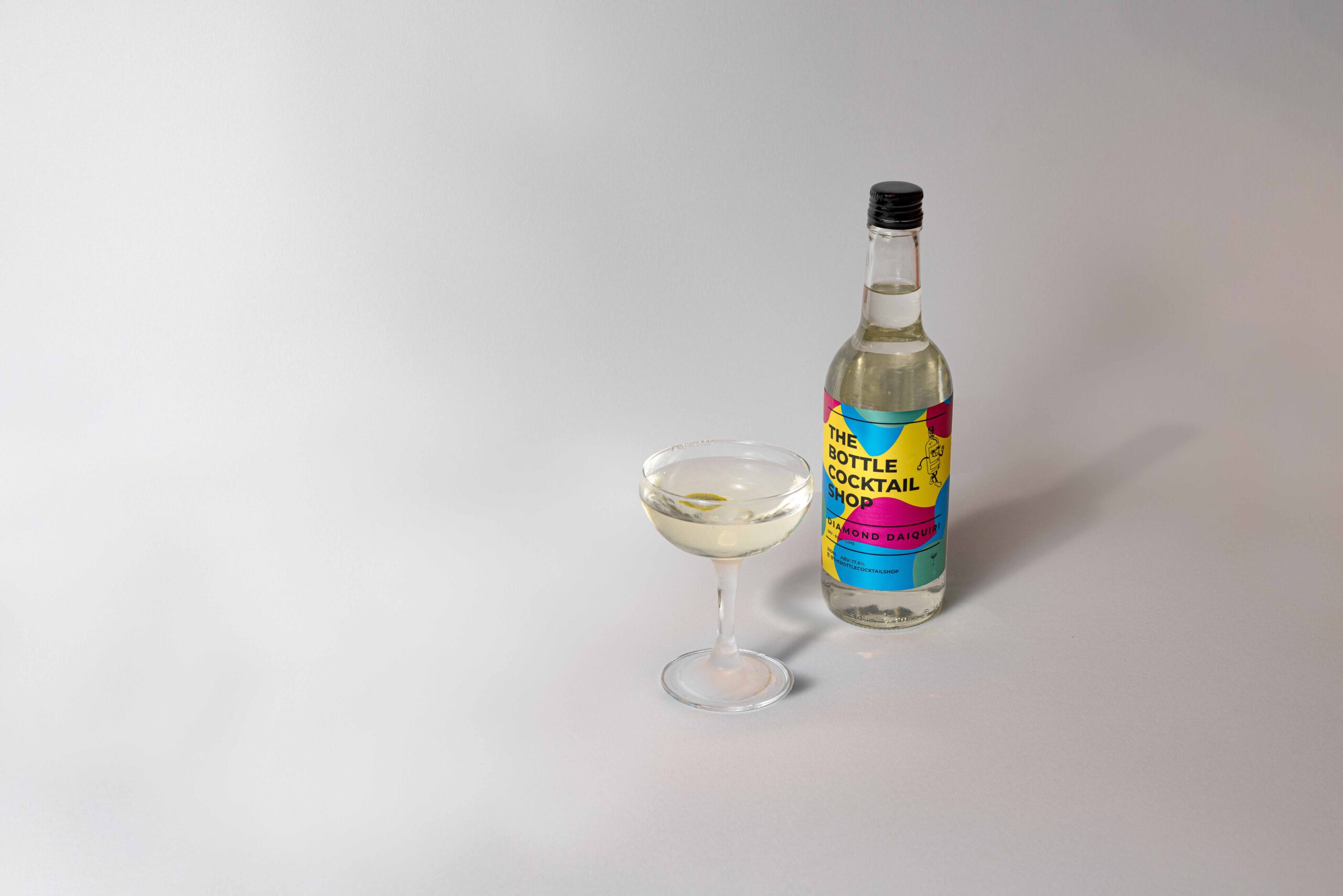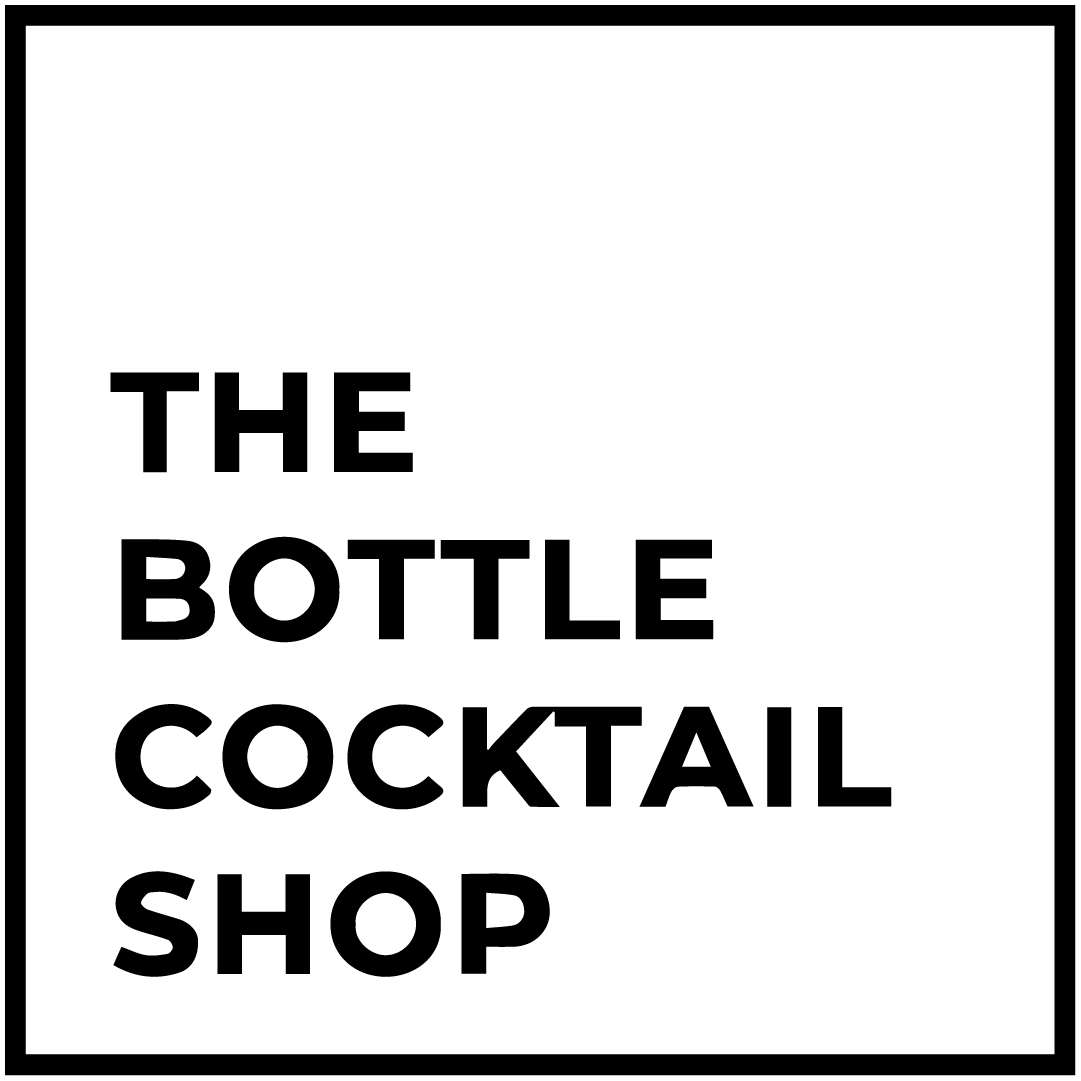The history of rum follows sugarcane’s momentous journey from Asia to Africa and India to Spain. Seventeenth century French, English, Spanish and Portuguese settlers in the New World brought unique distilling traditions to the colonies, where settlers cultivated the sugarcane and made rum from pressing juice of sugar cane and molasses, a bi-product of sugar refining. The character of rum is based on many factors, including the type of sugarcane or molasses, the yeast, fermentation time, the degree of rectification, type of still used and time spent ageing in wooden barrels and the climate of the area it is being aged in.
Some of the most popular rum producing regions in the world being the Caribbean, Central and South America, but you may be surprised to learn that Thailand, the Asia Pacific region, Europe and back in the day north America. Sugar cane grows between the Tropic of cancer and Tropic of Capricorn.
Rum has to be above 37% ABV in Europe, 40% ABV in the US and 43% in South Africa to be legally classified as a rum. Over Proof is above 57% ABV.
Only finished rums can be exported to non-sugar cane growing nations for blending and ageing.
Ageing
Ageing as with any other spirit gives time for the wood to interact with the barrel and for the spirit to mellow. During the day as the barrelgets warm with the days heat more spirit is soaked into the pores of the wood and extracts the vanillin’s, tannins and other flavours from the wood. As the wood cools at night it tightens pushing that soaked up liquid out of the wood with all that flavour. Over a period of warming and cooling there is an amount of liquid lost to evaporation otherwise known as the “Angels Share”. The age statement on a bottle usually states the youngest spirit in the bottle or the majority spirit but not always. Most spirits are aged in American white oak. This is due to a few simple reasons, for longevity and consistency it holds liquid best and flavours consistently also with the rule that Bourbon Whiskey can only use its barrel once, this means there is a surplus of barrels that are sold on to other spirit producers to age in.
Cognac can only be produced in the Cognac region and is a blend of brandies of different ages from one or six of the growing regions.
Blending
This is when the spirits have aged for an adequate amount of time to get the consistent taste between batches. This is usually done by committee led by a master blender or master distiller and will include experts on those brands. They will tastes different barrels and blend the together to get a consistent product.
Solera System
This is a fractional blending system to which new spirit will be added to older spirits continuously and the average age of the spirit will increase over time. Solera literally referees to the barrel on the bottom (the oldest barrel) of a set of barrels (youngest being on top). This most likely originates from the Iberian Peninsula.
Rhum (in French)
Rhum Agricole is distilled from fermented sugarcane juice. Rhum Agricole is unique to the French Departments of Martinique, Guadeloupe, and Reunion.
Typically it is distilled in a single column still and rested in large tanks before bottling.
Ron (in Spanish)
Usually seen on Cuban style rums for example. Don Facundo Bacardi revolutionized rum production in the middle of the 19th century (1872) on the island of Cuba through the first use of column distillation, charcoal filtration, single strain yeast cultivation, parallel process and select oak ageing in rum production. Spanish style rums are delicate, made from molasses and frequently have been allowed to mellow in oak barrels before being filtered, then go to bottling. Colour is not always a good indicator of age in rums as a high percentage of rum add caramel, or in white rums use filtration.
Rum (in English)
English distillers were slow to incorporate the Spanish technology due to costs. Consequently the English and the English Navy retained a taste for the pungent, estery rums produced in traditional pot stills from slow fermented molasses. Column stills were eventually installed in most distilleries by the 1930’s, but many producers continue to blend pot-distilled rum to bolster the flavour profile, especially in Jamaica and Guyana. Most of the rum distillers use imported molasses thanks to the consolidation of the sugar industry in the 19th century. Many rums of this style used to be aged in the London Dock warehouses, but nowadays most are aged where they are produced.
RECEIVE 10% OFF YOUR FIRST ORDER
Sign up to our newsletter for monthly offers, exclusive previews and cocktail making tips & tricks.
Cachaca
Cachaca is a Brazilian Spirits that is distilled from freshly pressed sugarcane juice. By law it must be bottled between 38-48 percent ABV, no no more than 6 grams of sugar per liter added to each bottle. Production is divided between artisanal cachacas, which are distilled in alembic pot stills, and industrial cachacas, which are distilled in column-still and account for most of the production of cachaca of the categories exports and sales. Aged cachaca is typically matured for a minimum of one year in wooden barrels. Many artisanal cachacas are not available because they age in native Brazilian woods that haven’t been approved for the use in distilled-spirits production by the US Government and other governing bodies .
Spiced Rums
Usually but not always based with vanilla, cinnamon, nutmeg, additional caramel and other spices can be added.
Flavoured Rum
Flavoured Rum, are rums infused with flavour, fruit usually.
RECEIVE 10% OFF YOUR FIRST ORDER
Sign up to our newsletter for monthly offers, exclusive previews and cocktail making tips & tricks.
Did you enjoy this article?





225 responses